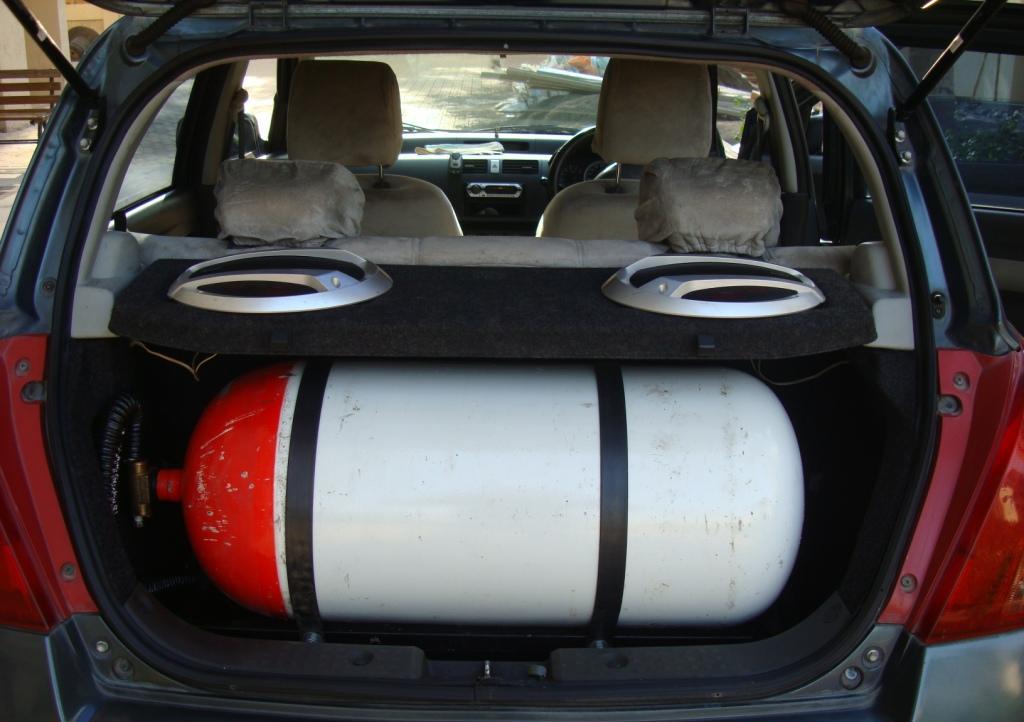India is facing increasing problems with air pollution and rising fuel costs due to the country's reliance on gasoline and diesel vehicles. To help combat these issues, many consumers have begun switching to vehicles that run on cleaner burning alternative fuels like compressed natural gas (CNG) and liquefied petroleum gas (LPG). CNG and LPG offer improved environmental and financial benefits compared to conventional fossil fuels.
Environmental Impact of CNG and LPG
One of the major advantages of CNG and LPG vehicles is their significantly lower emissions. CNG produces 25% less carbon monoxide, 30% fewer hydrocarbons and 90% less particulate matter than gasoline vehicles. This helps reduce air pollution in cities across India that have dangerously high levels of harmful pollutants. LPG vehicles are also more environmentally friendly by emitting 20-30% less carbon dioxide than gasoline or diesel. Using cleaner fuels plays an important role in India's efforts to curb climate change and move toward more sustainable transportation options.
Economic Benefits for Consumers
In addition to better emissions, CNG and LPG vehicles provide substantial cost savings for owners compared to running on petrol or diesel. The per kilometer running cost of CNG is around 35-40% lower than gasoline, while LPG costs are about 20-30% lower. Fuel efficiency is also greater with both CNG and LPG compared to their conventional counterparts. Lower operational costs make alternative fuel vehicles an attractive choice, especially as gasoline and diesel prices continue to rise across the country. Government subsidies on automotive CNG further improve the financial outlook for consumers.
Infrastructure Development for Widespread Adoption
While the environmental and economic benefits of CNG and LPG Vehicles are considerable, limited availability of fueling stations has historically restricted their mass adoption. However, significant infrastructure expansion is now taking place to support the growing demand. Over 1800 new CNG stations are planned or under construction, which would take the total number to over 5000 nationwide. Major cities like Delhi, Mumbai and Bangalore already have established CNG networks, while coverage is expanding to smaller urban centers as well. For LPG, bulkier tanks require establishing dedicated vehicle refueling stations in addition to household supplies. Both public and private sector investments are helping develop the necessary fueling infrastructure needed to achieve large scale transition to the alternative fuel market.
Get more insights on CNG and LPG Vehicles



